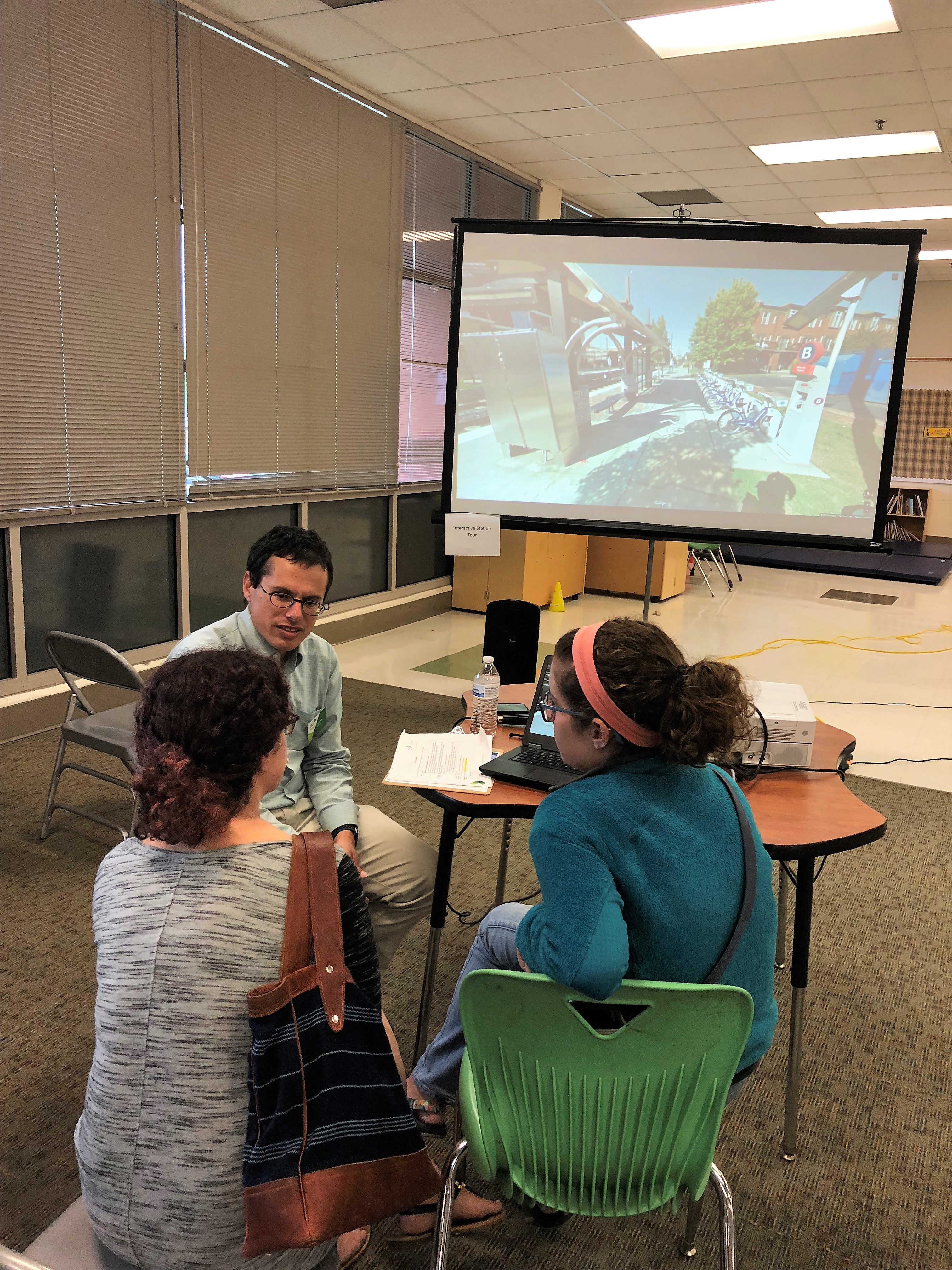How is this project being funded?

- Federal funding approximately $1.25 billion
- State funding up to $190 million
- Remainder from local and other sources including transit-dedicated half-cent sales tax revenue and property donations

Light rail is a transit technology that uses lighter rail cars than traditional passenger rail systems like subways or commuter rails. Light rail operates in dedicated tracks with electrical power supplied from an overhead catenary system. The light-rail vehicles are designed to operate in mixed traffic or in an exclusive right of way, either at grade or on an elevated structure. Light rail has benefited several American cities, such as Seattle/Tacoma, Minneapolis/St. Paul, Charlotte and Portland.
For our community to continue to grow and maintain our enjoyable quality of life, the Triangle needs a high-quality interconnected transportation system. Planning for high-capacity transit in the Triangle region began more than 20 years ago, and several studies have been conducted to advance major transit investments in the area. That work included extensive coordination with stakeholders and members of the public to develop, evaluate and refine the range of alternatives.
Transportation studies showed that a continuously connected rail line to RDU and RTP would not be warranted or cost effective based on estimated demand. RTP has a significant number of jobs, but they are widely distributed compared with those in Chapel Hill and Durham. This dispersed development pattern is not conducive to rail service. Wake County is also planning for transit by evaluating potential transit corridors. For more information, please see www.GoForwardNC.org.
Ridership forecasts were developed using the Triangle Regional Model. Minor changes to inputs (travel speeds or times, number of residents or employees, etc.) do not always lead to changes in the output (ridership, travel times, etc.) for specific projects like the light-rail line. The Triangle Regional Model was developed by the Triangle Regional Model Service Bureau in cooperation with regional stakeholders Durham-Chapel Hill-Carrboro Metropolitan Planning Organization, Capital Area Metropolitan Planning Organization, NCDOT and GoTriangle.
Directly affected property owners, owner’s representatives and/or tenants will be notified in writing of GoTriangle’s interest in acquiring the property and of the basic protections provided by law.
 In January and February, more than 200 community members worked together to come up with three themes for the architectural design of the light rail. These themes celebrate cultural diversity, research and innovation, and natural heritage in Durham and Orange counties.
In January and February, more than 200 community members worked together to come up with three themes for the architectural design of the light rail. These themes celebrate cultural diversity, research and innovation, and natural heritage in Durham and Orange counties.